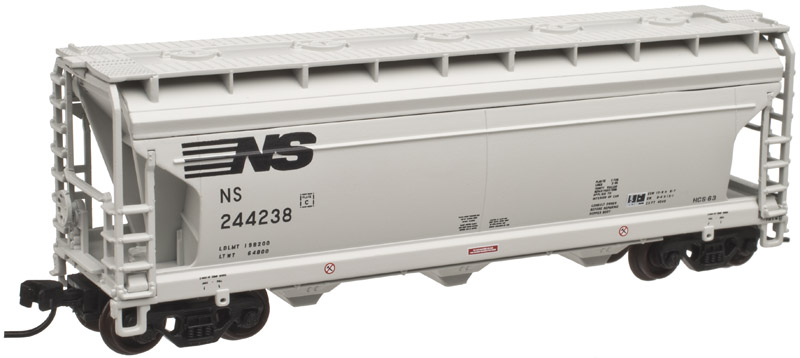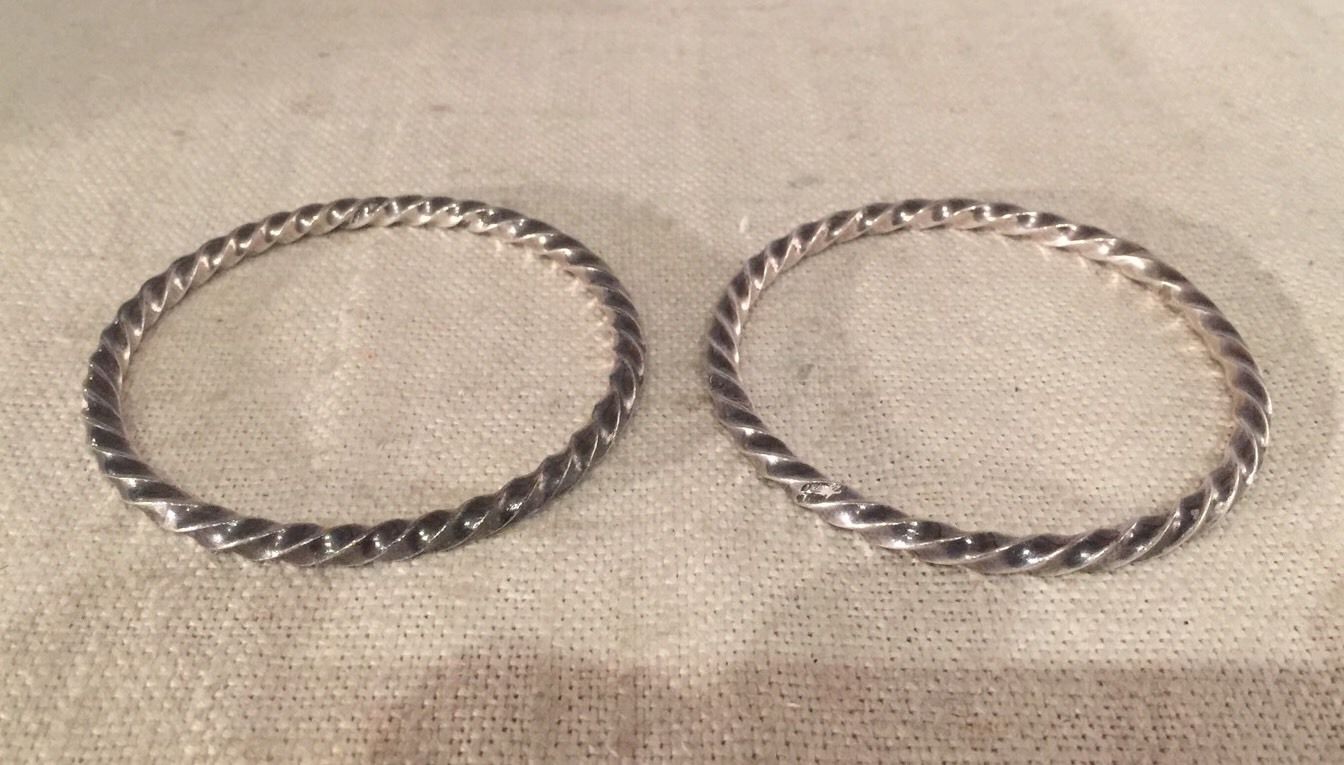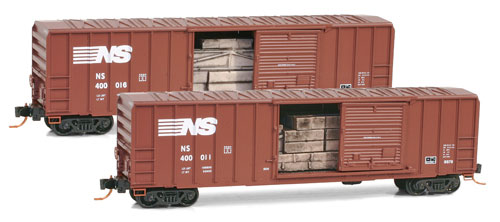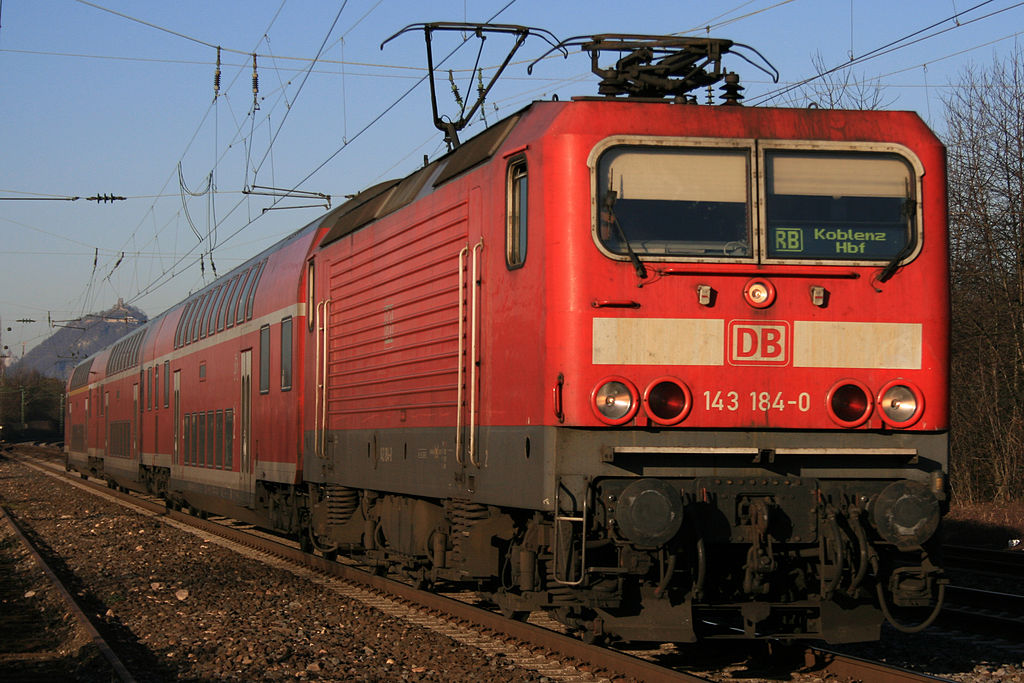Minitrix - 11635 - Passenger Train, Electric, Europe, Epoch IV - Deutsche Bahn - 4-Pack
| Stock Number | 11635 |
| Brand | Minitrix |
| Manufacturer | Minitrix |
| Body Style | Minitrix Train Set Europe |
| Prototype Vehicle | Passenger Train, Electric, Europe, Epoch IV (Details) |
| Road or Company Name | Deutsche Bahn (Details) |
| Reporting Marks | DB |
| Road or Reporting Number | 4-Pack |
| Coupler Type | Rapido Hook |
| Wheel Type | Chemically Blackened Metal |
| Wheel Profile | Small Flange (Low Profile) |
| Multipack | Yes |
| Multipack Count | 4 |
| Multipack ID Number | 11635 |
| Item Category | Passenger Trains |
| Model Type | Electric |
| Model Subtype | DB Class 112 |
| Model Variety | 4-Unit |
| Prototype Region | Europe |
| Prototype Era | EU Epoch IV (1968 - 1985) |
| Scale | 1/160 |
Specific Item Information:
Prototype: German Federal Railroad (DB) express locomotive road number 110 468-6 with streamlined ends ("Bügelfalte" / "Pants Crease"). B-B wheel arrangement, in the ocean blue / ivory paint scheme with the red "Egge Cookies". Built starting in 1963. 2 fast train passenger cars consisting of the types BDm, ABm in the ocean blue / ivory paint scheme, an a type Bnburzb "Kaffeeküch" / "Coffee Snack Bar" fast train passenger car in the City-Bahn paint scheme and including advertising for Schröder, the operator of a meat products company in Saarbrücken. Use: Passenger cars in commuter and long-distance service, here during the testing of the "Kaffeküch" in fast train service Saarbrücken – Koblenz in the summer holidays period of 1991.
Model: The locomotive has a built-in digital decoder for operation with DCC, Selectrix, and Selectrix 2. The locomotive's motor has a flywheel. 4 axles powered. Traction tires. The headlights and marker lights change over with the direction of travel. Warm white LEDs are used for lighting. The locomotive has a close coupler mechanism. The fast train passenger cars have close coupler mechanisms. Total length over the buffers 598 mm / 23-1/2".
Highlights: "Kaffeeküch" tooling variation.
Model: The locomotive has a built-in digital decoder for operation with DCC, Selectrix, and Selectrix 2. The locomotive's motor has a flywheel. 4 axles powered. Traction tires. The headlights and marker lights change over with the direction of travel. Warm white LEDs are used for lighting. The locomotive has a close coupler mechanism. The fast train passenger cars have close coupler mechanisms. Total length over the buffers 598 mm / 23-1/2".
Highlights: "Kaffeeküch" tooling variation.
Prototype History:
Many modern European trains run using overhead/catenary wire. Rail networks in Western and Central Europe are often well maintained and well developed, whilst Eastern, Northern and Southern Europe often have less coverage and/or infrastructure problems. Electrified railway networks operate at a plethora of different voltages AC and DC varying from 750 to 25,000 volts, and signalling systems vary from country to country, hindering cross-border traffic.
The European Union aims to make cross-border operations easier as well as to introduce competition to national rail networks. EU member states were able to separate the provision of transport services and the management of the infrastructure by the Single European Railway Directive 2012. Usually, national railway companies were split to separate divisions or independent companies for infrastructure, passenger and freight operations. The passenger operations may be further divided to long-distance and regional services, because regional services often operate under public service obligations (which subsidise unprofitable but socially desirable routes), while long-distance services usually operate without subsidies.
The European Union aims to make cross-border operations easier as well as to introduce competition to national rail networks. EU member states were able to separate the provision of transport services and the management of the infrastructure by the Single European Railway Directive 2012. Usually, national railway companies were split to separate divisions or independent companies for infrastructure, passenger and freight operations. The passenger operations may be further divided to long-distance and regional services, because regional services often operate under public service obligations (which subsidise unprofitable but socially desirable routes), while long-distance services usually operate without subsidies.
Road Name History:
Deutsche Bahn AG (abbreviated as DB, DB AG or DBAG) is a German railway company. Headquartered in Berlin, it is a private joint-stock company (AG), with the Federal Republic of Germany being its single shareholder. Deutsche Bahn describes itself as the second-largest transport company in the world, after the German postal and logistics company Deutsche Post / DHL, and is the largest railway operator and infrastructure owner in Europe. It carries about two billion passengers each year.
Deutsche Bahn (literally "German Railway" in German) came into existence in 1994 as the successor to the former state railways of Germany, the Deutsche Bundesbahn ("German Federal Railway") of West Germany and the Deutsche Reichsbahn ("German Empire Railway") of East Germany. It also gained ownership of former railway assets in West Berlin held by the Verwaltung des ehemaligen Reichsbahnvermögens (Administration of the Former Reichsbahn Assets).
Deutsche Bahn (literally "German Railway" in German) came into existence in 1994 as the successor to the former state railways of Germany, the Deutsche Bundesbahn ("German Federal Railway") of West Germany and the Deutsche Reichsbahn ("German Empire Railway") of East Germany. It also gained ownership of former railway assets in West Berlin held by the Verwaltung des ehemaligen Reichsbahnvermögens (Administration of the Former Reichsbahn Assets).
Brand/Importer Information:
Trix is a German company that originally made Trix metal construction sets. one of its co-founders was Stephan Bing, the son of the pioneer toy-maker industrialist Ignaz Bing. In 1935 the company began producing the electrically powered model trains that it became famous for, under the Trix Express label. Prior to the outbreak of World War II the Trix company produced a small range of fairly unrealistic AC powered three rail models running at 14 volts.
N gauge models under the Minitrix brand were made from the late 1960s mostly of European prototypes (German and British primarily). North American prototypes were also manufactured and marketed under the Aurora "Postage Stamp" brand; later these items were sold under the American Tortoise, Model Power and Con-Cor brands. Trix sometimes utilized North American consultants to aid in the design of this portion of the product line. The "Hornby Minitrix' brand was used in the 1980s for a short lived range of British outline models using the earlier product tooling.
Trix's owner in the 1980s and 1990s was Mangold, which went bankrupt in the late 1990s and Märklin purchased the assets in January 1997. In part, this purchase was a reflection of Märklin's need for added production capacity; Trix had been manufacturing certain items for Märklin in previous years. The purchase was also in response to the earlier purchase of the Karl Arnold company by the Italian company Rivarossi; Märklin were very keen to take over Trix market share in 2-rail H0 and especially Minitrix, until then Märklin had not marketed N gauge models. In 2003, Märklin introduced its first N gauge models under the well established Minitrix brand. A number Märklin H0 scale three-rail AC locomotives have also been introduced in two-rail DC versions under the Trix logo and many models are shared between the two brands.
From Wikipedia
N gauge models under the Minitrix brand were made from the late 1960s mostly of European prototypes (German and British primarily). North American prototypes were also manufactured and marketed under the Aurora "Postage Stamp" brand; later these items were sold under the American Tortoise, Model Power and Con-Cor brands. Trix sometimes utilized North American consultants to aid in the design of this portion of the product line. The "Hornby Minitrix' brand was used in the 1980s for a short lived range of British outline models using the earlier product tooling.
Trix's owner in the 1980s and 1990s was Mangold, which went bankrupt in the late 1990s and Märklin purchased the assets in January 1997. In part, this purchase was a reflection of Märklin's need for added production capacity; Trix had been manufacturing certain items for Märklin in previous years. The purchase was also in response to the earlier purchase of the Karl Arnold company by the Italian company Rivarossi; Märklin were very keen to take over Trix market share in 2-rail H0 and especially Minitrix, until then Märklin had not marketed N gauge models. In 2003, Märklin introduced its first N gauge models under the well established Minitrix brand. A number Märklin H0 scale three-rail AC locomotives have also been introduced in two-rail DC versions under the Trix logo and many models are shared between the two brands.
From Wikipedia
Item created by: gdm
on 2018-10-19 10:35:37
If you see errors or missing data in this entry, please feel free to log in and edit it. Anyone with a Gmail account can log in instantly.
If you see errors or missing data in this entry, please feel free to log in and edit it. Anyone with a Gmail account can log in instantly.











